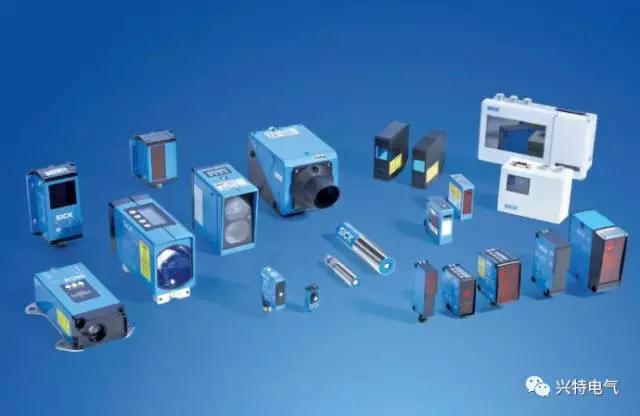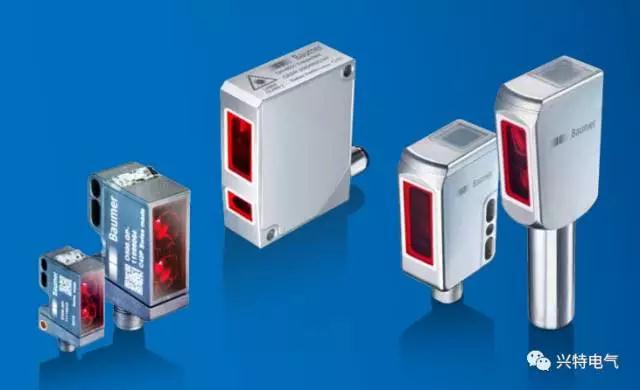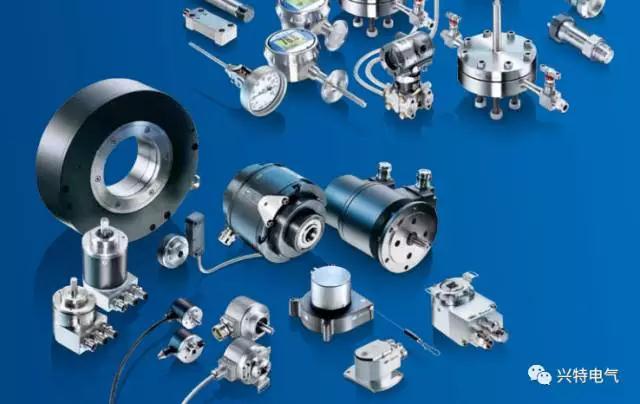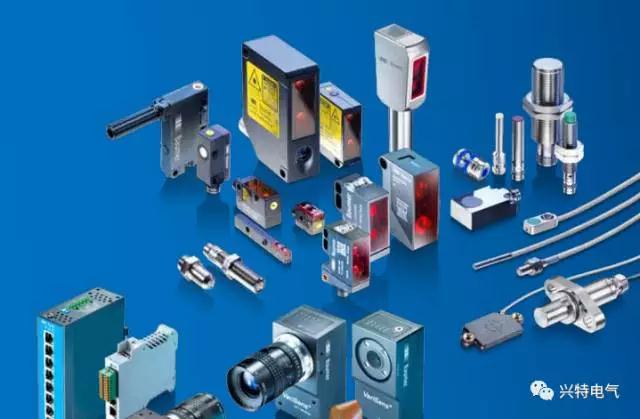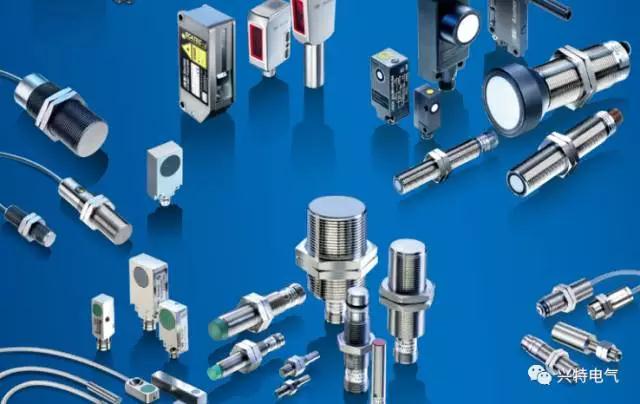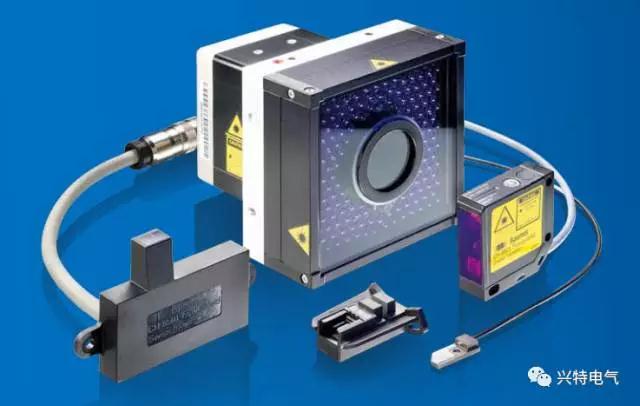Changsha office 0731-88922097
Zhuzhou office 0731-22867780
NEWSINFORMATION |
The article detailedThe key of industrial sensor selection
Category: other
Date: 2018-08-30
Click: 2549
Collection:
In the era of intelligence, the application of sensors is more and more extensive. Changsha xingte general electric co., LTD., as the agent of xike sensor and bau meng sensor, provides customers with various industrial sensors and sensor solutions, and has accumulated rich experience in sensor application.
Modern sensors vary in principle and structure. How to select sensors reasonably according to specific measurement purposes, measurement objects and measurement environment is the first problem to be solved in the measurement of a certain quantity. When the sensor is determined, the corresponding measurement method and measuring equipment can be determined. The success or failure of measurement results largely depends on whether the selection of sensors is reasonable.
1.Determine the type of sensor according to the measurement object and the measurement environment In order to carry out a specific measurement, the principle of the sensor should be considered first, which needs to be determined after analyzing various factors. Because, even if the same physical quantity is measured, there are also a variety of principles of the sensor to choose, which principle of the sensor is more appropriate, according to the characteristics of the measurement and the use of the sensor conditions to consider the following one Some specific questions: ①The size of the range; ②The volume requirement of the sensor for the measured position; ③Measuring method is contact or non-contact; ④A method for deriving a signal, wired or non-contact measurement; ⑤The source of the sensor, domestic or imported, the price can bear, or is the development of their own. After considering the above problems, we can determine which type of sensor to choose, and then consider the specific performance indicators of the sensor.
2.Sensitivity selection Generally, within the linear range of the sensor, the higher the sensitivity of the sensor, the better. Because only when the sensitivity is high, the value of the output signal corresponding to the measured change is relatively large, which is conducive to signal processing. However, it should be noted that the sensitivity of the sensor is high, and external noise unrelated to the measurement is also easy to mix in, which will also be amplified by the amplification system, affecting the measurement accuracy. Therefore, the sensor itself should be required to have a high signal-to-noise ratio, to minimize the interference from the outside. The sensitivity of the sensor is directional. When the measurement is a single vector, and the direction of its higher requirements, should choose other direction sensitivity of small sensor; If the measured is a multi-dimensional vector, the cross-sensitivity of the sensor is required to be as small as possible.
3. Frequency response characteristic The frequency response characteristic of the sensor determines the frequency range to be measured, and the measurement condition must be kept true within the allowable frequency range. In fact, the response of the sensor always has a fixed delay, and the shorter the delay time, the better. Due to the high frequency response of the sensor, the frequency range of the measurable signal is wide. Due to the influence of structural characteristics, the inertia of the mechanical system is large, so the frequency of the measurable signal of the sensor with low frequency is low. In dynamic measurement, the response characteristics should be based on the characteristics of the signal (steady state, transient, random, etc.) to avoid excessive errors.
4.Linearity range The linear range of the sensor is the range in which the output is proportional to the input. Theoretically, the sensitivity remains constant within this range. The wider the linear range of the sensor is, the larger its range is, and the measurement accuracy can be guaranteed. When selecting a sensor, when the type of sensor is determined, the first thing to see if its range meets the requirements. But in fact, no sensor can guarantee absolute linearity, its linearity is also relative. When the required measurement accuracy is relatively low, within a certain range, the sensor with small nonlinear error can be regarded as linear approximately, which will bring great convenience to the measurement.
5.Stability The ability of a sensor's performance to remain constant over time is called stability. In addition to the structure of the sensor itself, the main factor affecting the long-term stability of the sensor is the service environment of the sensor. Therefore, in order to make the sensor have good stability, the sensor must have a strong ability to adapt to the environment. Before selecting a sensor, it shall investigate its operating environment, and select the appropriate sensor according to the specific operating environment, or take appropriate measures to reduce the impact of the environment. The stability of the sensor has a quantitative index, which should be calibrated again after the use period to determine whether the performance of the sensor changes. In some requirements of the sensor can be used for a long time and not easily replaced or calibrated occasions, the selected sensor stability requirements are more stringent, to be able to withstand the test of a long time. 6.Precision Precision is an important performance index of sensor, which is related to the whole measuring system. The higher the precision of the sensor, the more expensive its price is. Therefore, as long as the accuracy of the sensor meets the accuracy requirements of the whole measurement system, it is ok. In this way, the cheaper and simpler sensor can be selected among many sensors that meet the same measuring purpose. If the purpose of measurement is qualitative analysis, it is ok to choose the sensor with high repeat accuracy, rather than the one with high absolute value accuracy. If it is for quantitative analysis, the accurate measurement value must be obtained, then the sensor with the accuracy level meeting the requirements should be selected. For some special applications, it is necessary to design and manufacture the sensor. The performance of the self-made sensor should meet the requirements. |

